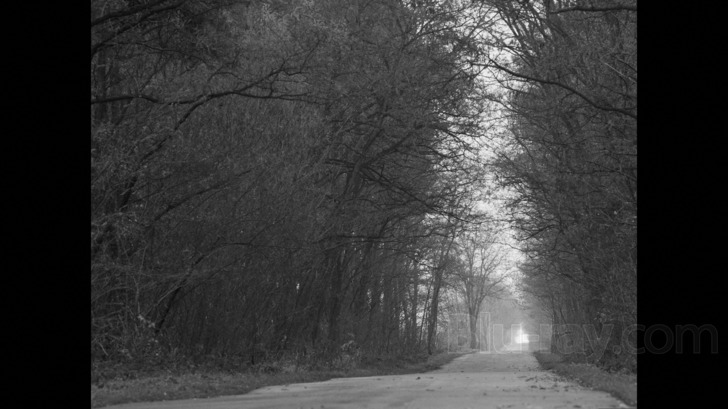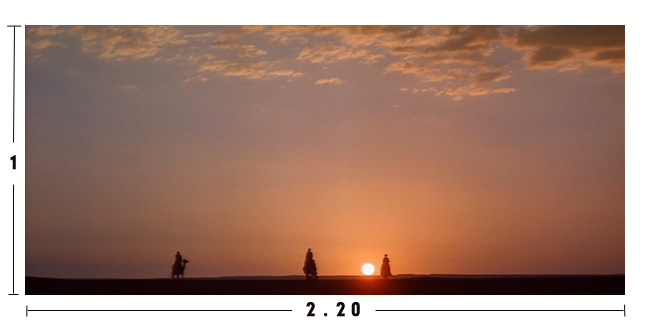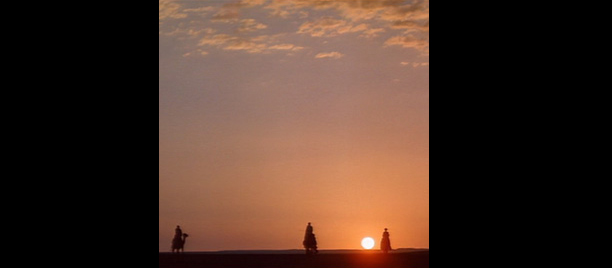Do you have any solid reasons for using a certain aspect ratio?
Lately I've been kind of feeling that cropping to 2.35.1 or any widescreen ratio is an artificial, added aesthetic and that it doesn't necesarilly add depth to filmmaking, but it rather merely imitates bigger budget, hollywood productions.
I know it's a choice to be made depending on the project and personal preference in the end, but what take do you guys have on it?
To exemplify with what I believe was a good film to have this choice available and be able to take advantage of using certain aspect ratios, Grand Budapest Hotel. But generally, I feel that films don't offer this choice as a creative means so I'm asking because I feel I'm losing something using any, but not necesarilly gaining anything if I use one over the other.
With that said, I'm aware I kind of answered my own question, yet I'm hoping someone can offer a perspective I didn't think of yet?
Lately I've been kind of feeling that cropping to 2.35.1 or any widescreen ratio is an artificial, added aesthetic and that it doesn't necesarilly add depth to filmmaking, but it rather merely imitates bigger budget, hollywood productions.
I know it's a choice to be made depending on the project and personal preference in the end, but what take do you guys have on it?
To exemplify with what I believe was a good film to have this choice available and be able to take advantage of using certain aspect ratios, Grand Budapest Hotel. But generally, I feel that films don't offer this choice as a creative means so I'm asking because I feel I'm losing something using any, but not necesarilly gaining anything if I use one over the other.
With that said, I'm aware I kind of answered my own question, yet I'm hoping someone can offer a perspective I didn't think of yet?
Last edited:







